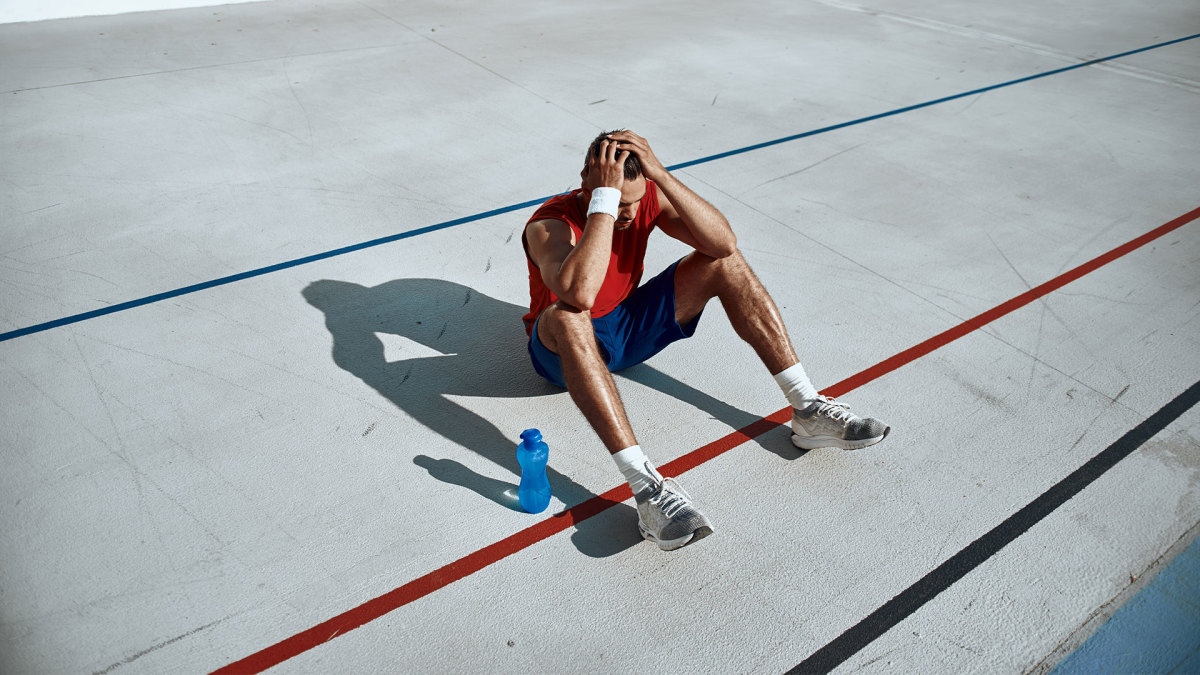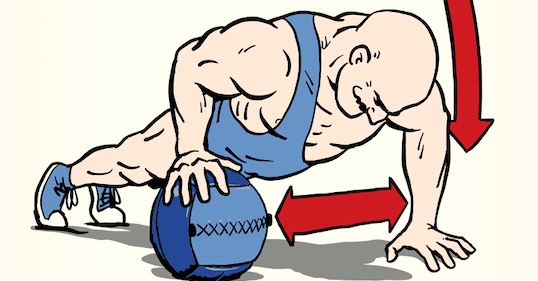Jack Rayner’s Nike Melbourne Marathon Win Proves Running Is The Ultimate Therapy
Nov 10, 202543% of Men Experience 'Well-Being Burnout' as Wellness Becomes Status Symbol
- Sep 25, 2024
- 0 Comments
426

In today’s age of social media, nothing’s a secret. From the vacation you took to the Rocky Mountains to the name of your newborn baby to the number of miles you logged, everyone knows everything. While sharing your life, fitness goals included, is a great way to connect and inspire those around you, it can also lead to some pretty serious comparisons.
In fact, nearly two-thirds of respondents are feeling pressure from others and society to support their wellbeing in specific ways, according to lululemon’s 2024 Global Wellbeing Report. This pressure is causing almost half of respondents to experience “well-being burnout.”
It’s defined as a counterproductive cycle that occurs when the relentless pursuit of optimizing wellness actually makes us feel less well. Think of it like this: Going on a two-mile run every morning to start your day is a net positive. It’s almost guaranteed to improve your cardiovascular health and mood. But if you constantly see your buddy running 10 miles before his morning commute, you might start to question your own success.
Related: Take Your PTO: Vacationing Can Slow Aging, Study Shows
The survey, which included 16,000 participants in 15 countries, concluded that while 89 percent of people are taking more action to improve their well-being than they were the year prior, the way our society views and talks about health could be causing more harm than good. You’re probably thinking, “How can sharing your health journey be bad”?
The research pointed to three key pressure points keeping us in this perpetual wellbeing cycle—89 percent of people feel they’re on their health journey alone, 53 percent say there’s a lot of conflicting information on how to improve their health, and 61 percent feel overwhelming societal expectations to appear well.
“Often, the pressure to improve our wellbeing causes us to overthink and fixate on what’s lacking in our lives,” said Duke University professor and lululemon Mental Wellbeing Global Advisory Board member Dr. Murali Doraiswamy. “I recommend setting gradual, achievable goals, turning the pursuit of well-being into a source of joy and anticipation rather than stress.”
If you’re feeling the effects of wellness burnout, there are a few steps the brand recommends taking to break the cycle.
Related: Study Finds How Many Cups of Coffee Per Day May Benefit Your Heart
1. Don’t Go It Alone
Don’t get us wrong, we love nothing more than heading to the gym, putting on workout headphones, and making the world disappear for a while. However, those who use physical activity as an opportunity to socialize with others report 23 percent higher wellbeing. So, if you want to get the most out of your wellness journey, consider joining a run club or getting a fitness studio membership.
2. There’s No One-Size-Fits-All Approach
We’ve said it before and we’ll say it again, there’s no one-size-fits-all approach to health. While running marathons might be in the cards for some guys, not everyone is meant to be an Olympian. Even just moving your body at different points throughout the day (a short run in the morning and walking your dog after work) can lead to a 16 percent boost in well-being.
3. Take a Social Media Hiatus
The first step in ending the comparison cycle to other people’s health journeys? Take a break from social media and focus on your own. According to the report, those who take social media breaks report a 9 percent increase in overall well-being.
If you’re taking steps to improve your health, pat yourself on the back for how far you’ve come. The next time you get wrapped up in comparing your health and fitness journeys to others, take a step back, reconnect with your community, and remember why you started in the first place.
Publisher: Source link







